Many ecommerce business models and value propositions have been built around the assumption of deflation. But, in today’s market, this is no longer the case.
We are entering the age of profit over growth. Online retailers can no longer chase growth at the expense of profit, borrowing is more expensive and costs have rocketed. So:
- How can these fast-growth ecommerce retailers restructure their model to get through this period?
- What key strategies can they implement to survive this period of high inflation all the while maintaining a competitive advantage?
- What challenges or advantages do ecommerce businesses face, compared to their high street counterparts?
In this blog post, I’ll argue that focusing on Customer Lifetime Value should be retailers top priority to weather the incoming storm. I’ll then detail the ecommerce tools and tactics you can employ now to help you build and develop the Customer Lifetime Value.
Why Customer Lifetime Value Should Be Your Focus
Online retailers need to begin focusing their energy toward the existing customers and subscribers they gained during their period of high growth.
They need to question how they can nurture those already established relationships to entice those customers to return time and time again, without continually slashing their prices with huge sales.
These retailers need to divert focus to the longer game of customer lifetime value and how they can increase it.
Read on to discover my six key ecommerce tools to build your Customer Lifetime Value:
- Email & SMS Marketing
- Abandoned Carts / Products Viewed
- Live Shopping
- Subscription / Memberships
- Rewards
- Personalisation
1. Email & SMS Marketing
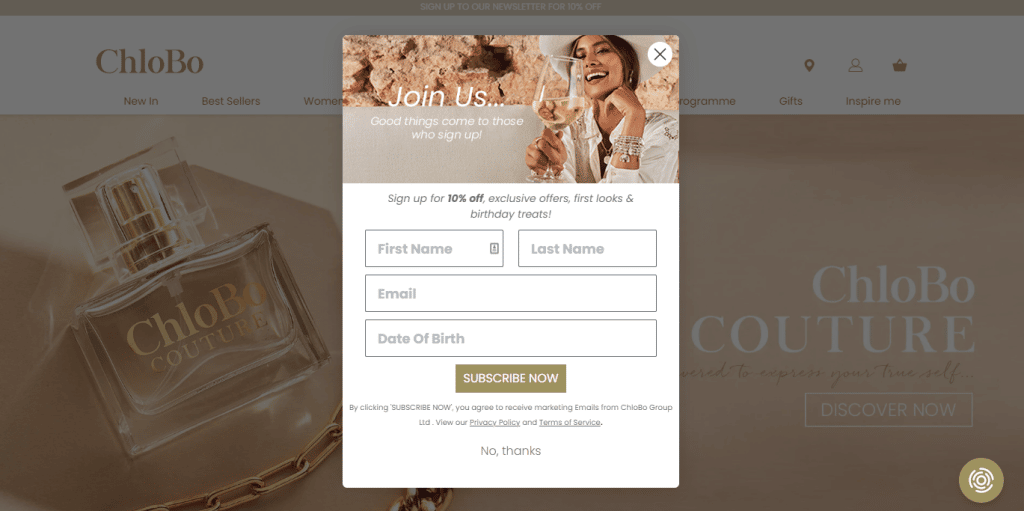
Email and SMS Marketing is going to be essential to prompting users to revisit your website. Surprisingly the uptake of SMS marketing is still relatively low. For example in Klaviyo’s Q2 Benchmark data report, 100k+ merchants are using their email platform with only 10k+ using their SMS marketing platform.
The SMS benchmark click rate is 7.73% compared to the average click rate of 5.38% for email, showing users are more likely to open up a text message than an email. Tie the two together and we are delivering the information we want to as many users as we can and prompting them to come back to our store.
But we need to give reason to come back. Cut priced sales aside.
2. Abandoned Carts / Products Viewed

Abandoned carts should be a common marketing strategy for most online retailers now. If you do not use this, then you should. In Klaviyo’s report, Abandoned Cart emails have the highest click rate at 6.82% and a huge 3.54% conversion rate on average across all sectors.
(Check out the Email Marketing Benchmark page to see how your market sector compares.)
Abandoned cart emails often only contain the items the user left in their cart. Retailers should be leveraging the information the user left behind by also presenting alternative or similar products to what has been left in their basket.
Often overlooked is the information on products the customer looked at but didn’t add to their basket. Utilising this data to present product recommendations based on their behaviour can be very powerful.
Think about other data users have left behind:
- If they visited your Reward Scheme page, why not send them an email about reward points?
- Did they visit a certain category, blog article or help page? Reach out to them with more information related to the pages they have seen.
Reasons to reach out to your customers don’t always need to be around selling products, by reaching out to your users to provide more information based on where they have been on your site is about nurturing that customer.
3. Live Shopping
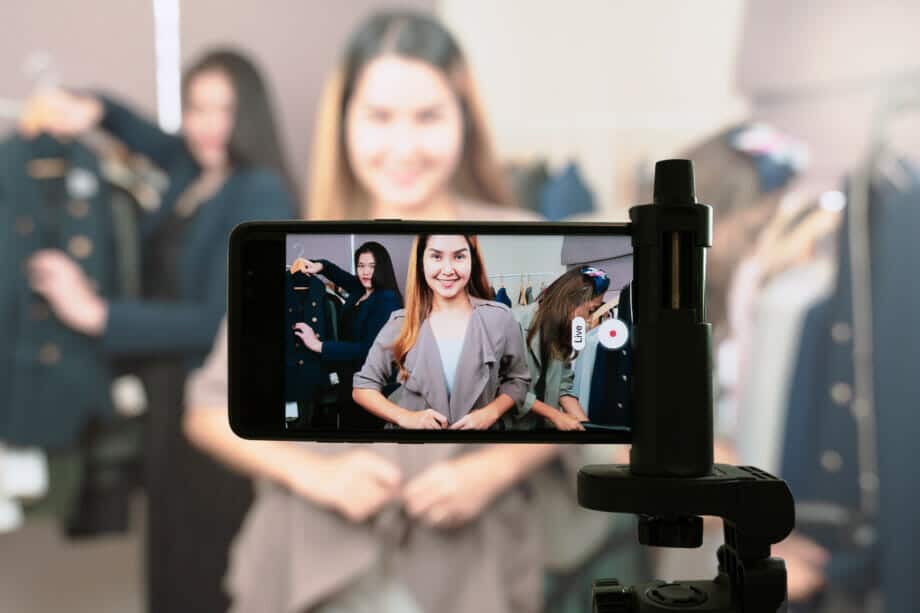
“Live commerce combines instant purchasing of a featured product and audience participation through a chat function or reaction buttons.” – McKinsey Digital
Live Shopping – or Live Commerce – is only just finding its feet in the UK but, according to McKinsey Digital’s 2021 report, “live-commerce-initiated sales could account for as much as 10 to 20 percent of all ecommerce by 2026”.
That is a big claim, but when retailers are reported making an entires day’s worth of sales within one hour of Live Shopping, you can see why the adoption rate of Live Shopping is going to skyrocket.
Coresite reported Live Shopping generated $60 billion in global sales in 2019. The US accounted for only $1 billion of that. The UK is likely lesser still. This is because according to McKinsey’s, China Live Commerce makes up 10% of their online sales.
Live Shopping is a great way to entice users back to the site. During pre-live you can create a build up to the event on social media and allow users to set reminders to nudge them 15-minutes before you go live.
When you are live, users can see a demonstration of your products and ask questions in real-time. Some platforms allow you to create polls and announcements.
This might overcome some of those users who are unsure about committing to purchase. Users can purchase the products being demonstrated without leaving the live stream.
Post-live you can analyse the performance, review the questions, and feedback to the UX team to improve your website to overcome the most commonly asked queries. You can repurpose the video with editing to post on social and include within your product pages.
4. Subscription / Memberships
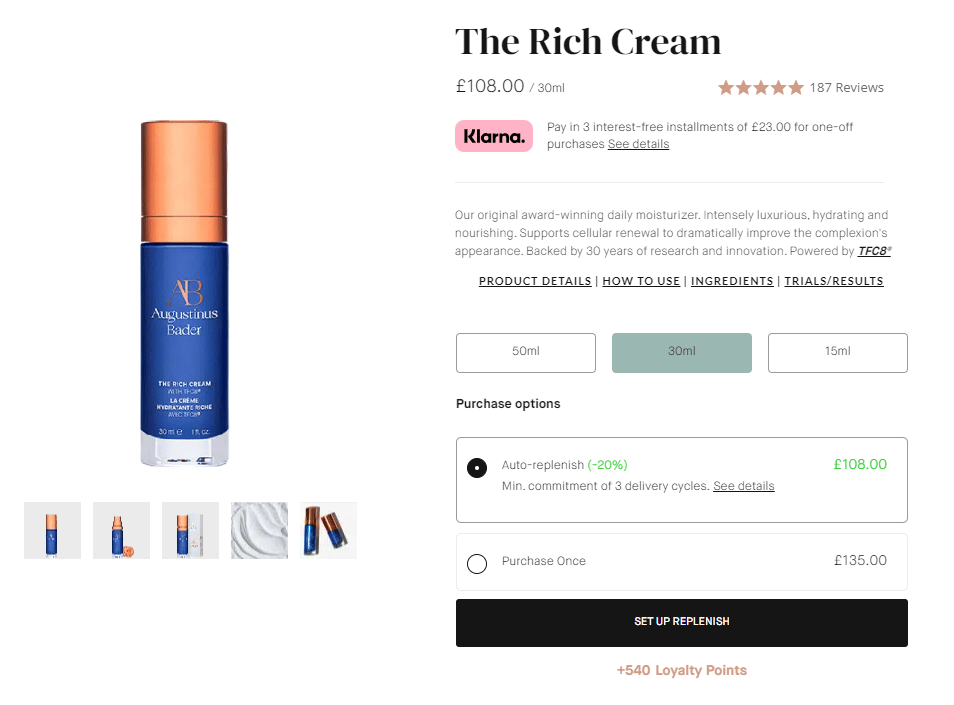
Retailers who sell consumable products or products that have parts which need to be regularly replaced or maintained should be selling subscription options to their users.
Whether face cream or filters for an air-purifier, online retailers should be presenting users with the option to subscribe for refills and replacements. If the user doesn’t subscribe, target the user with an email to re-purchase and ask them again to subscribe and demonstrate how much easier it will be for them if they do.
If you don’t sell many consumable products you can always look at memberships. Memberships which give customers access to exclusive products, first to know about upcoming events and sales, private sales, premium delivery service, free returns, VIP support etc.
5. Rewards
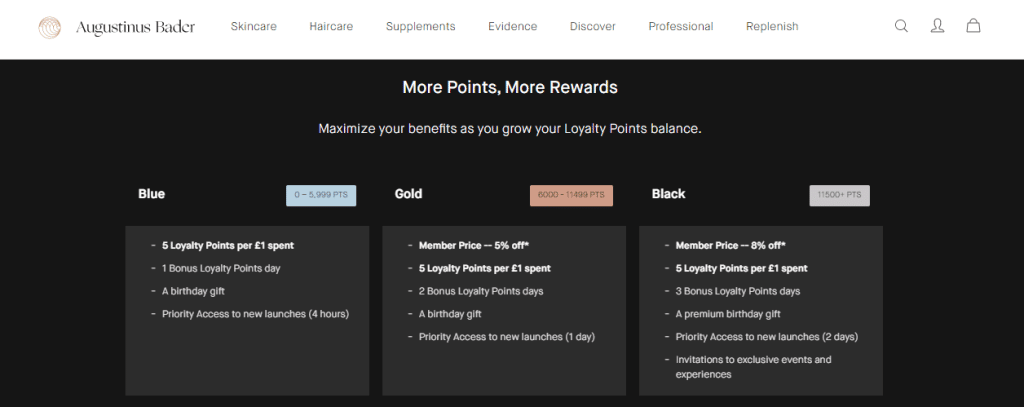
Rewarding customers for purchases, performing actions and completing tasks creates loyalty. It also creates a reason for the user to come back, to claim and use their rewards.
You can reward your users for anything you wish. Collecting reward points can be gamified, you could even reward points to users for coming back every week to spin a rewards wheel. Anything to get users back to the site to revisit your products.
Beth Wells, Senior Partner Marketing Executive, LoyaltyLion, says: “When we think of rewards our minds tend to jump to obvious perks like free products, discounts and free shipping. While all of these incentives play a huge part in loyalty, offering experiential rewards will help you form emotional connections with your customers and retain them for longer.
“Experiential rewards let you serve up unique experiences to customers that create long-lasting memories and positive emotions that shoppers will associate with your brand.
“Using LoyaltyLion‘s Custom Rules feature you can create bespoke experiential rewards that make customers feel connected to your brand, increasing the likelihood of them returning to shop with you sooner.”
LoyaltyLion has some great case studies with some of their client’s seeing 3x purchase frequency, 69% increase in repeat purchase, 39% in customer lifetime value and 21% increase in average order value in some examples. Check the case studies out here.
6. Personalisation
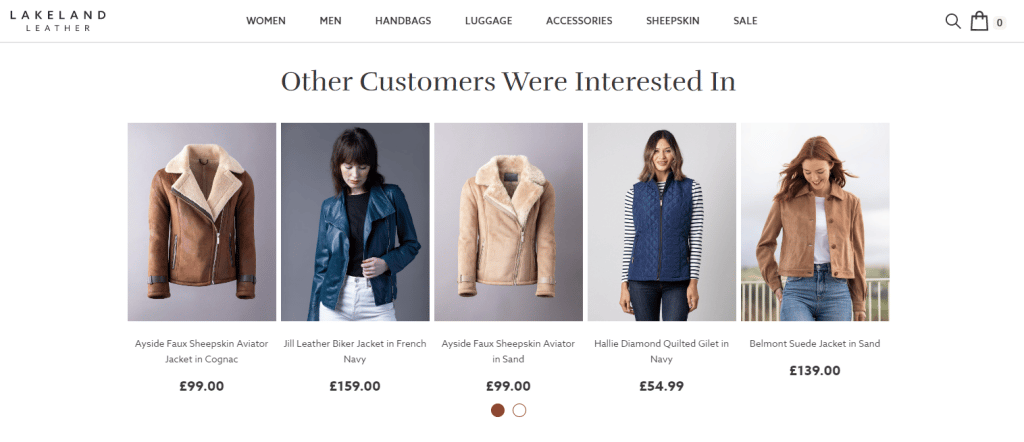
After successfully enticing users back to your website, you should then give the user a more personalised experience. Adobe Commerce features customer segmentation and personalisation that allows you to personalise the content the user sees based on products viewed, purchase history, whether they are an existing user or a new visitor.
Imagine if you will, two users visiting your home page. One visitor is new to your brand and it is their first visit to your site and the other a customer who has made several purchases.
The content being displayed to the first visitor can be more generic and focused on more product and category exploration to see what you have to offer. In contrast, the content being shown to the existing customer could be around:
- Brands they’ve purchased before
- E-fills for the cream they purchased a month ago
- Their reward points balance
- Products viewed etc.
With personalisation you can guide users in the direction they are more likely to convert. It also generates a feeling of your brand understanding the users wants and needs creating an effortless shopping experience.
What challenges do online retailers face over brick-and-mortar stores?
The largest challenge from brick-and-mortar is the senses: the experience of being able to touch, test and feel a product before purchase is unmatched. There is also the in-person element of speaking to and engaging directly with a staff member.
While Live Shopping, high quality imagery and clear product information can bridge these gaps to an extent, ecommerce has several clear advantages over the in-store experience that will be particularly advantageous during times of economic uncertainty:
- 24/7 shopping opportunity
- Less staff are required
- There is less concern for increasing energy costs and building rents
- You are able to capture more information and use this information to your advantage.
There is still a place for bricks and mortar stores but in an ecommerce-first world, your high street store should compliment your online store and not the other way around:
- Use your online customer data to determine where you’re best placed to open a store
- Utilise the physical store for specialist products, in-store only sales, collection and returns points, repair and replacements locations
You can even use your online reward points system to reward users who visit your physical locations – everything should tie together seamlessly so you can truly track your customer lifetime value.
Get ready to future-proof your business
If you are ready to start building the Customer Lifetime Value of your business, get in touch with us today. Our award-winning ecommerce strategists are ready with practical advice and expert know-how to develop and support your online store’s growth.
Contact us here or call now on 0161 762 4920.

